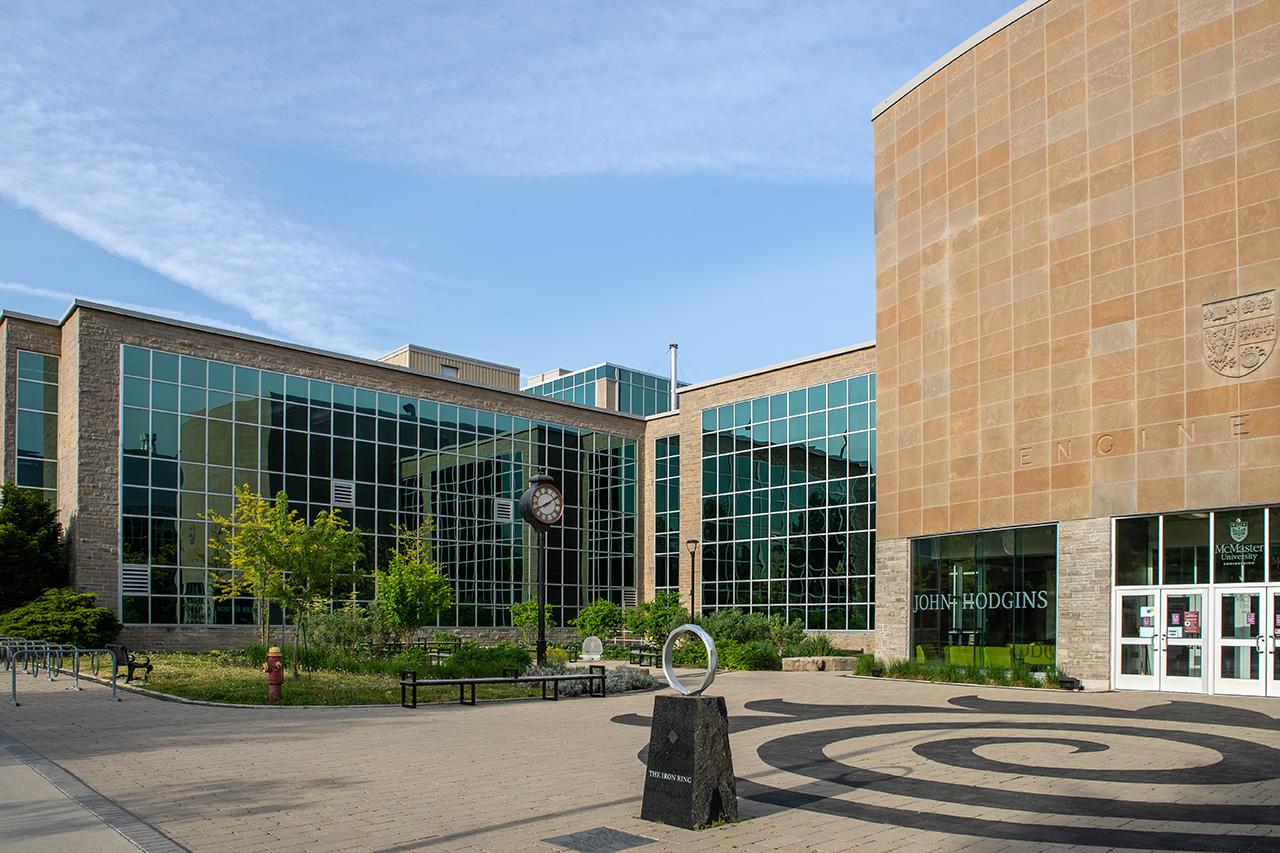Daipayan GuhaAssistant Professor, Surgery
Overview
Areas of Expertise
Imaging, Sensing and DetectionSurgeryControl systems, robotics and automationEducationEducational technology and computingEducationEducation assessment and evaluationVocational education and training curriculum and pedagogyVirtual reality and related simulationPerformance evaluation (including testing and simulation of reliability)
McMaster Affiliations
Background
Degrees
MD
University of Toronto
PhD
University of Toronto
FRCSC
University of Toronto
Contact
(905) 521-2100 ext. 47158
(905) 527-6214
Other Links and Profiles
Orcid ID

